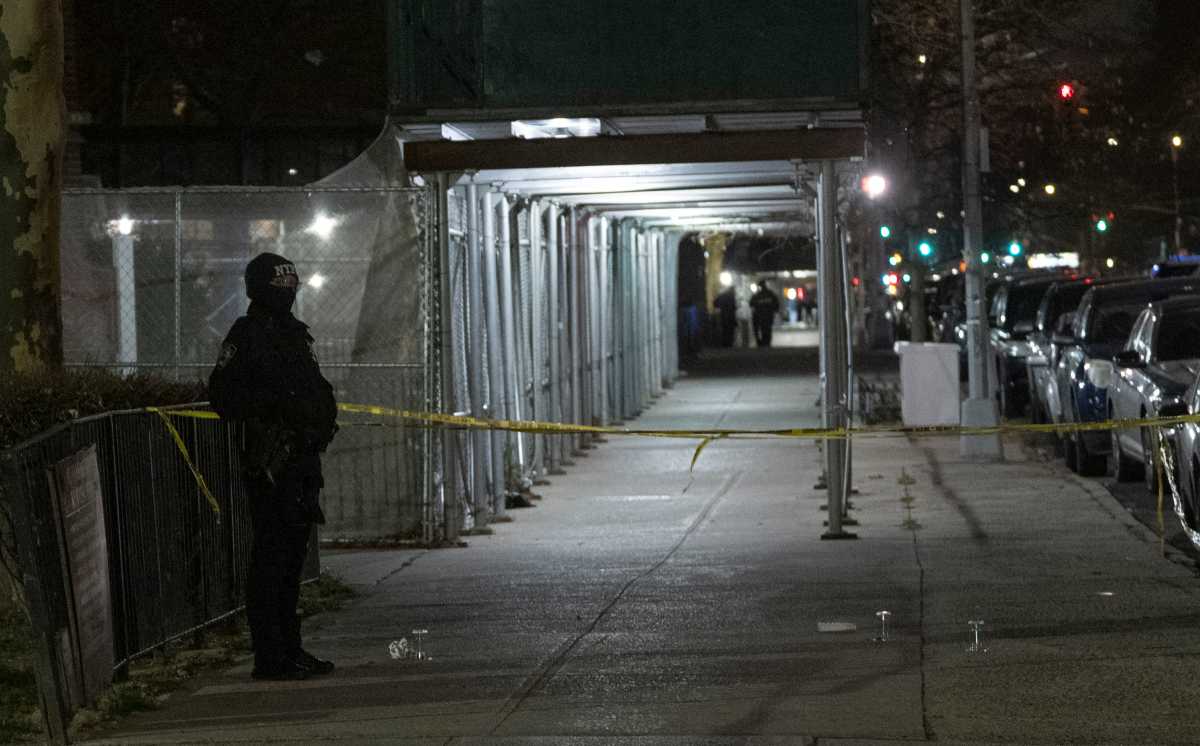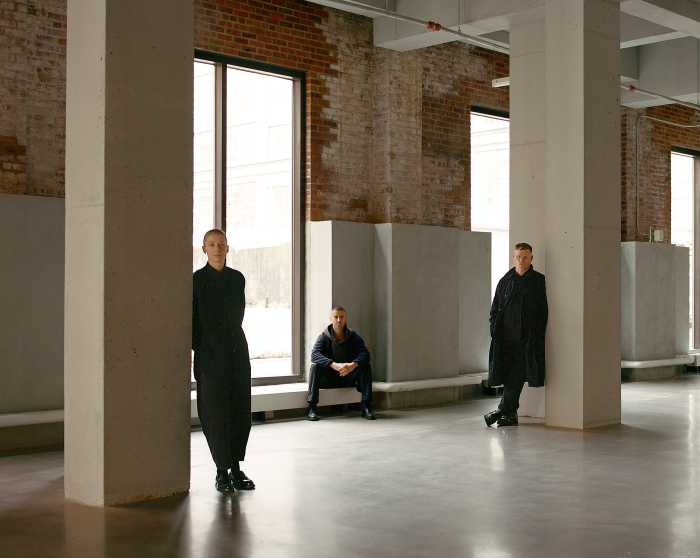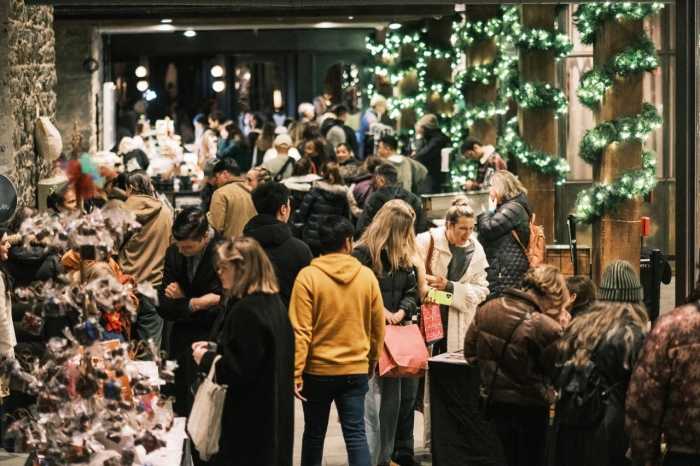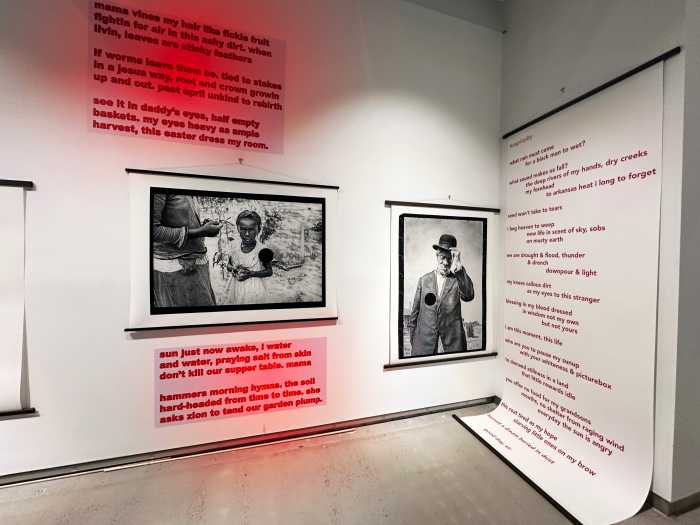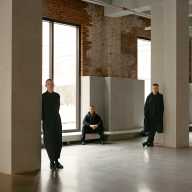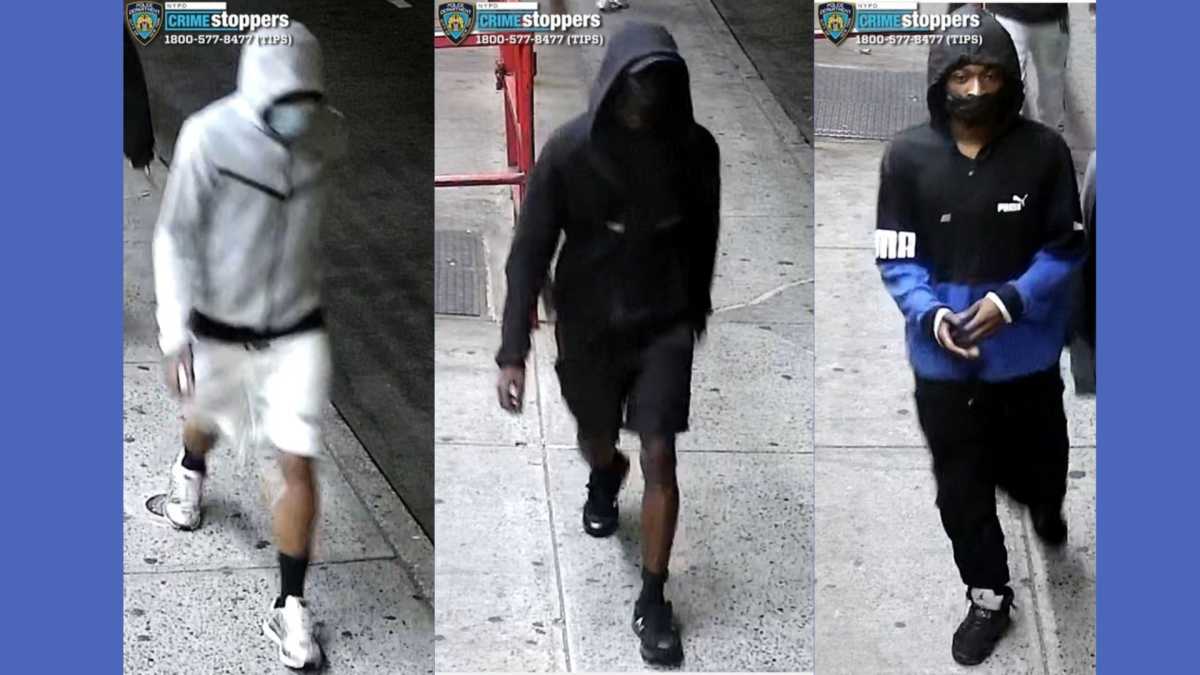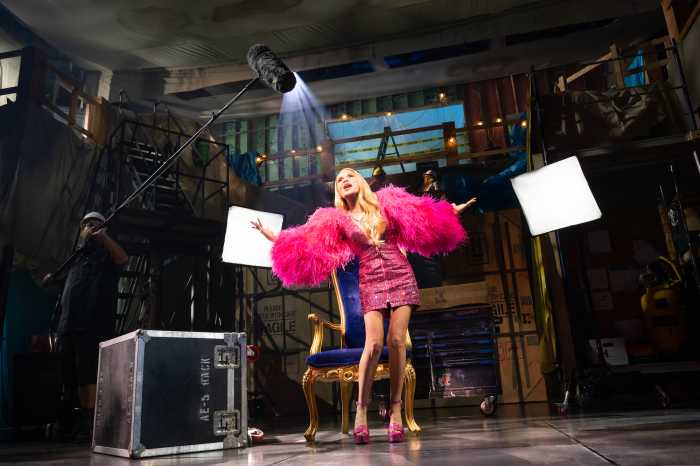While tourists always come in a steady stream to New York City, most of
them don’t come looking for signs of the Underground Railroad.
Even fewer would climb over broken appliances and piles of boxes to peer
through dank shafts in the basements of houses on Duffield Street in Downtown
Brooklyn.
But that might change if the buildings at 223, 227, and 233 are determined
to have been pieces of the slave escape route, as a few residents —
seeking to exempt the properties from the development potential of the
Downtown Brooklyn Plan — claim they are.
A Maryland researcher got her very own basement tour on Oct. 1, as part
of her job in helping the city study the properties.
“Part of the problem is this is so under-studied that people wouldn’t
understand what was going on,” said Cheryl LaRoche, the Underground
Railroad expert who surveyed the properties last Saturday. She noted that
the presence of noted abolitionist Henry Ward Beecher at the Plymouth
Church of the Pilgrims in Brooklyn Heights was a strong indicator of an
antislavery movement in the area.
Though she wasn’t ready to discuss any findings, LaRoche’s investigation
will help decide whether the buildings should be considered worthy of
landmark status, saving them from condemnation and demolition.
The investigation by LaRoche and a team of specialists was mandated by
the City Council’s zoning subcommittee after the panel determined
that the city Economic Development Corporation had not adequately investigated
the matter.
In an attempt to rectify the problem, the Zoning chairman, Queens Councilman
Tony Avella, ordered the EDC to hire independent historians to weigh in
on the likelihood of the buildings’ historic significance.
Avella’s spokesman said the subcommittee would wait until the study
was completed before determining whether the properties should be included
in the Downtown Plan, which rezoned most of Downtown Brooklyn in order
to allow the construction of office towers and other high-rises.
Councilwoman Letitia James, who assisted local residents in finding a
qualified researcher, said she imagined the study would be comprehensive.
“That’s what we were hoping, that’s what we were pushing
for. I’m waiting for this report to be issued and I’m waiting
to get a determination on their analysis,” she said. “Until
I have an opportunity to review the research in their study I will withhold
judgement.”
Joy Chatel and Lewis Greenstein, who live in 227 and 233 Duffield, respectively,
have spearheaded the fight for their homes by showing up at hearings to
testify about the bizarre features of their basements, both of which have
mysterious entries and underground space, which Greenstein believes to
be a tunnel connecting several other residences on the street.
When LaRoche showed up at Chatel’s house, which has a ground-level
beauty salon, a group of people, including Chatel, LaRoche, Greenstein
and several neighbors whose homes and businesses also face demolition
under the Downtown Plan, descended into a dark basement with flashlights
to inspect strange shafts in the back of the building, and a blocked-off
entrance in the front.
Between shoving herself into crawl spaces and peering into unexplainable
door openings, LaRoche tried to cobble together an oral history of how
Chatel and Greenstein came to their conclusions that the Underground Railroad
— through which escaped slave Harriet Tubman led more than 300 slaves
to freedom in the north — ran through their basements.
“I knew a man, Calvin Smith, who owned the jewelry shop on the cornerHis
grandmother knew someone who owned the building at the turn of the century,
and said it was a stop on the Underground Railroad,” said Greenstein.
He said the comment stayed with him, but really piqued his interest later,
when he found out about possible eviction.
Since then he’s collected a 5,000-name list in a database on his
laptop at home.
“That’s every black who lived in Brooklyn,” he says proudly,
which he’s spent the better part of the past year collecting and
categorizing by name, occupation, address, and years of occupancy. “It
doesn’t have everybody yet,” he said.
Chatel said she moved into the house, where her husband had grown up,
and remembered hearing him say there was once a room behind an area now
sealed off with cinderblocks.
“He told me about it one time, but I forgot that until this came
up,” she said. Chatel also told LaRoche that, as a direct descendent
of the abolitionist and former slave Frederick Douglass, she knew something
about the area where he’d come to speak several times.
“There was a minstrel show a few blocks over,” Chatel said,
and mentioned that the African Wesleyan Methodist Episcopal Church, which
used to have its congregation at 311 Bridge St. was very active in the
abolitionist movement.
With such members as Tubman, Douglass and Sojourner Truth, African Methodist
Episcopal churches helped to spearhead Northern separatism from the antebellum
South.
Chatel claims to have heard that when the church was sold to Polytechnic
University in 1968, a man who was moving was in the basement when his
foot fell through, and he discovered a room filled with cots and wall
etchings of faces.
“They found beds and stuff underneath there,” confirmed Vincent
Battista, president of the nearby Institute of Design and Construction.
“There’s a regular basement, but there’s another basement,”
he said, underneath it.
Greenstein and Chatel suspect that may be the case with their buildings,
as well, but LaRoche warned them it would require major excavation and
time before anything could be determined.
“Black history in New York [is] under-studied, and within that, the
topic of the Underground Railroad is under-studied in itself,” LaRoche
said.
“It’s a very difficult area of research to study, because in
part it’s very painful,” she said.


